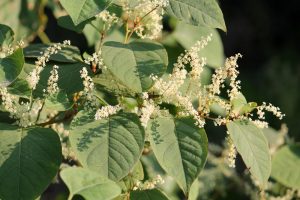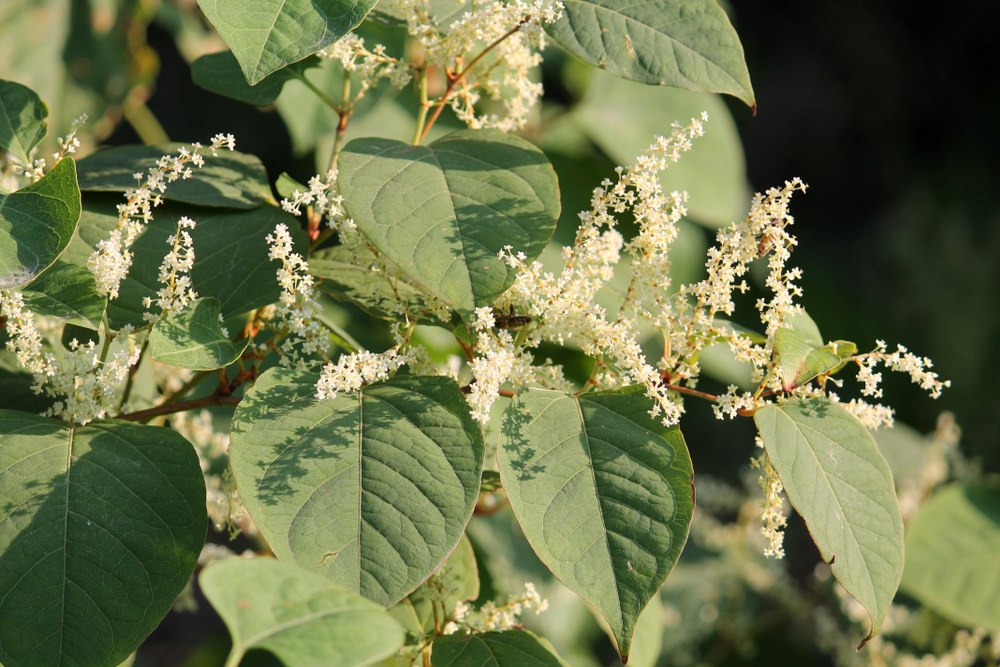Greater responsibility is being placed on buyers to investigate whether the property they are buying is under threat from Japanese knotweed.
 The invasive plant can cause thousands of pounds worth of damage to properties and, if detected, could jeopardise the mortgage application.
The invasive plant can cause thousands of pounds worth of damage to properties and, if detected, could jeopardise the mortgage application.
Now a change to the conveyancing process has taken some pressure off sellers and put the onus on buyers to make enquiries if there is any doubt knotweed might be present.
What’s the change?
It’s all to do with a form used during conveyancing – which is the process carried out by solicitors when buying and/or selling a home – called the TA6.
Previously, when selling their home, owners had to state on the form – using a straight ‘yes’ or ‘no’ answer – whether or not their property was affected by the plant.
But the revised form and guidance, released on 7 February 2020, has different wording which steers sellers who are not aware of knotweed on their property to answer ‘not known’ instead of ‘no’.
The form states the seller ‘must be certain’ no rhizome (root) is present in the ground of the property, or within three metres of the property boundary even if there are no visible signs above ground.
It’s likely more buyers will, as a result of this wording, state ‘not known’ leaving it to the buyers to undertake their own enquiries if they choose.
Greater clarity
According to Environet, a specialist in removal of the plant, the changes will bring greater clarity to the legal process in misrepresentation cases where a seller has answered “no” and knotweed is subsequently discovered.
Where a “not known” answer is given, the onus will be on the buyer to prove that the seller’s answer was false and that they were indeed aware that the property was affected.
Nic Seal from Environet said: “With visual surveys, no reputable knotweed specialist could certify that no rhizome is present in the ground, reinforcing the message that the safe bet is to always answer ‘don’t know’, except of course where the answer should be ‘yes’.”














